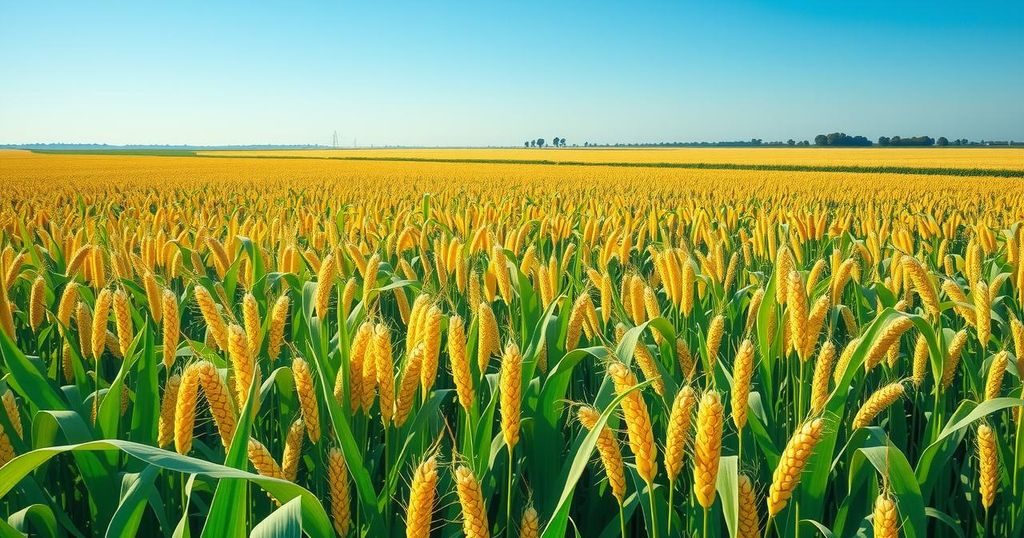Southeast Asia’s food security is heavily impacted by climate change, necessitating a focus on adaptation in addition to mitigation strategies. Although ASEAN Member States have established emission reduction targets, the challenges posed by climate change demand urgent action. The emphasis should be on policies that promote resilience in agricultural sectors to ensure food security for the region.
To enhance food security in Southeast Asia, adaptation to climate change is equally vital as mitigation efforts. The Paris Agreement of 2015 set a global goal to limit temperature increases to 1.5°C by the century’s end, and although ASEAN Member States have established Nationally Determined Contributions (NDCs) aiming for net-zero emissions in agrifood sectors, these primarily focus on mitigation. However, given the current challenges posed by climate change, adaptation is necessary for ensuring food security.
Despite being relatively small contributors to global greenhouse gas emissions, ASEAN countries have experienced severe repercussions from climate change, which have compromised agricultural productivity. Challenges such as extreme weather, delayed monsoons, and rising sea levels have adversely affected crops, labor conditions, and resources, leading to declines in food security. Therefore, the urgent need arises for policies that address adaptation, ensuring resilience in the face of climate threats.
While mitigation strategies are essential, they alone may not suffice for Southeast Asia’s food security. The emphasis should be on adaptation strategies, including diversifying crops with higher tolerances to climate extremes. Countries like Laos and the Philippines are exploring the cultivation of more resilient crops, yet they still face challenges in maintaining self-sufficiency, particularly with staple crops like rice, which may lead to increased imports.
Employing climate-smart agriculture strategies, such as high-yield seed varieties, has potential, yet many AMS struggle to implement these solutions effectively. Strengthening collaborative efforts among AMS will be necessary for agricultural adaptation to thrive. Additionally, while expanding agricultural zones may promote self-sufficiency, it can conflict with the conservation of critical ecosystems and biodiversity.
Renewable energy policies are another key focus for several AMS, but their practical application in small-scale farming remains limited. Instead, enhancing the efficiency of current practices and products in agricultural sectors is crucial. As ASEAN prepares for future summits and the upcoming COP30 in Brazil, there is a vital opportunity to strengthen regional leadership in climate adaptation, including the upcoming Strategic Plan for Food, Agriculture, and Forestry, which emphasizes the importance of food security in the region.
In conclusion, addressing food security in Southeast Asia necessitates a dual approach of both adaptation and mitigation to combat the adverse effects of climate change. While ASEAN Member States have made strides in setting emission reduction targets, the pressing challenges require urgent adaptation strategies, such as crop diversification and climate-smart agricultural practices. Collaborative initiatives among nations and the integration of adaptation measures within existing frameworks are critical to ensure resilience in agricultural sectors while preparing for future climate challenges.
Original Source: fulcrum.sg






